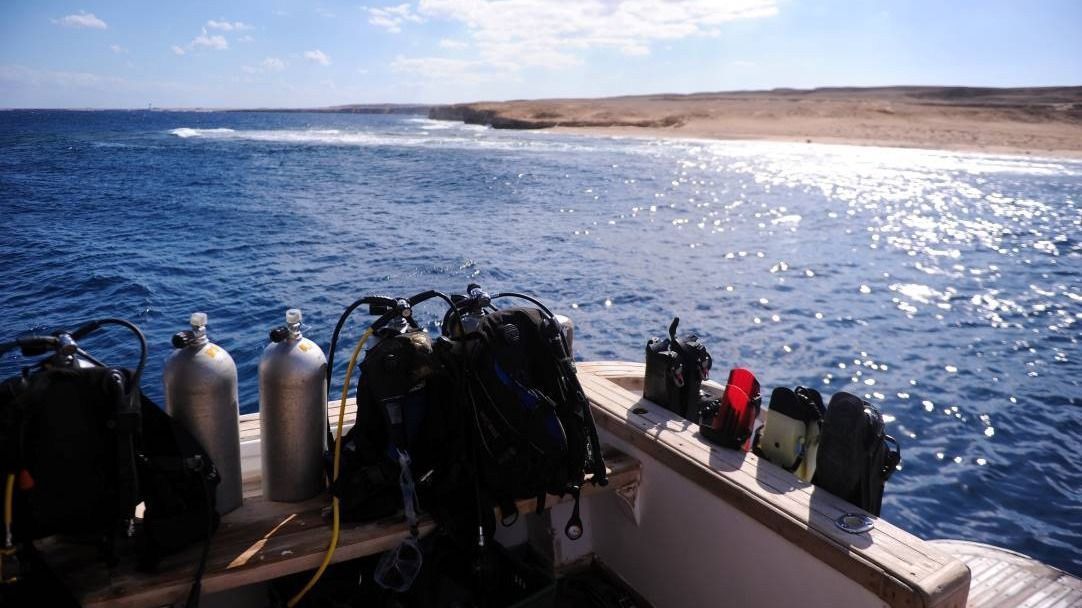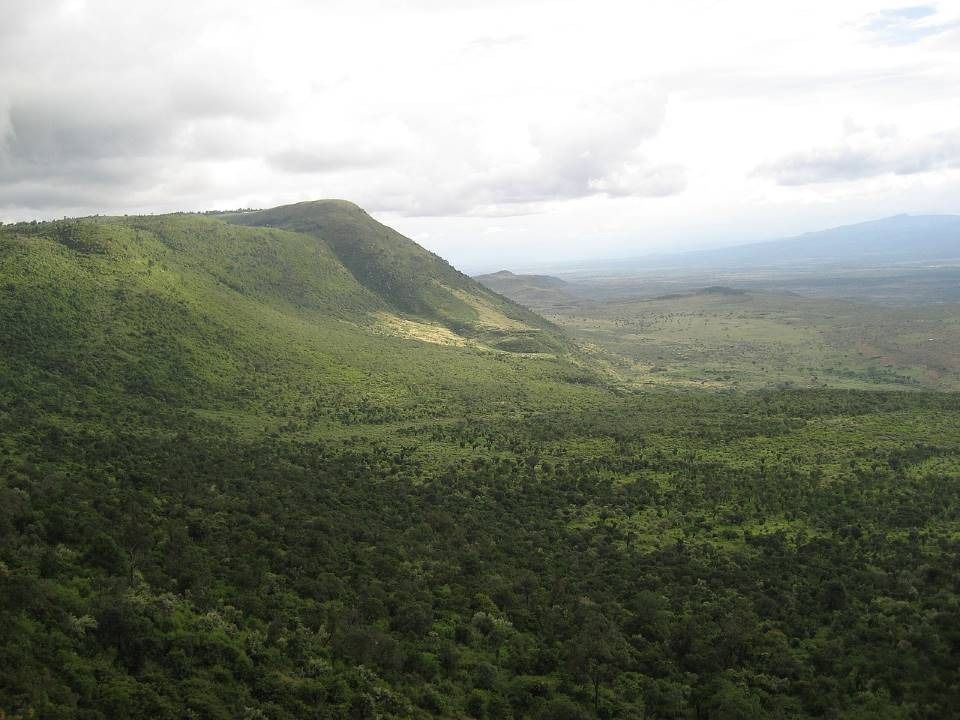A disturbing omen: The land in Kenya has been divided
The most geologically active area in Africa is the thousands of kilometers long East African Trench, also known as the Great Rift Valley. This giant trench system, which begins in the northern part of Syria and touches the Dead Sea, the Gulf of Aqaba, and the Red Sea, and extends to Mozambique in East Africa, can be considered the line of contact along which Africa extends. Slowly but surely splitting apart, the rift valley becomes a narrow, submerged section, the Red Sea, which will expand into an ocean thousands of kilometers across.

Photo: Tamas Elter
According to our knowledge today, as strange as it may seem, the birth of the oceans begins on Earth.
We can witness this phenomenon by seeing the processes taking place in the large trench system in East Africa. Large lithospheric plates “float” on the plastic asthenosphere, which forms the boundary between the Earth's hot mantle and the solid crust, and are moved by convection currents coming from deep within. Convection currents penetrating the viscous mass of the asthenosphere collide with the solid crust and split it in two, exerting a tensile force in the opposite direction on the brittle lithosphere plate. When this heat flow meets the lithospheric plate, the crust gradually thins and sinks, and as a result of this process, a continental rift valley is created.

Image: Wikimedia Commons/Flickr/Waco
The East African Trench has already reached an advanced stage of rifting. This is evidenced, among other things, by the fissure, several kilometers long, sometimes twenty meters wide and fifteen meters deep, which occurred in Kenya in March 2018 after heavy rains, destroying several residential buildings and causing severe damage to the city of Nairobi. Narok Highway. This phenomenon was accompanied by an increase in seismic activity in the region. Today, this fault flow has become particularly intense in the Ethiopian, Kenyan and Tanzanian branches of the trench system.
The Red Sea will become a new ocean several thousand kilometers wide
Using computer modeling, it was shown that if the subsidence and widening of the Great Rift Valley does not stop, the part of East Africa extending from the southern end of the Red Sea to Mozambique will separate from the continent within a relatively short period of time, measured on a geological time scale.
A new ocean opens up between the separate small continent and the African landmass.
This new oceanic embryo that has reached its inaugural stage still exists today, which we call the Red Sea. The Red Sea and the very deep Gulf of Aqaba connected to it are the tectonic trench portion of the East African Rift Valley submerged by the Indian Ocean, in whose depths oceanic crust has already begun to form.






